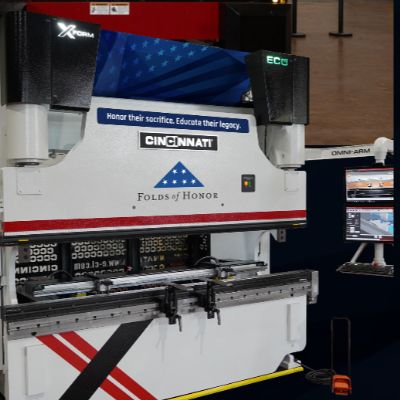Sustainability and Social Responsibility
August 23, 2019Comments
I recently attended an automotive-focused manufacturing conference where the subject of sustainability arose. Bottom line: Companies large and small throughout the supply chain had better beware; you are being watched and evaluated.
First, consider what sustainability in manufacturing means:
“Making lives better…[by] being positive contributors to our communities and good corporate citizens.”
A speaker at the conference, from global automotive supplier Martinrea, when explaining the company’s emphasis on sustainability, emphasized the importance of its suppliers sharing its own concern for being good corporate citizens.
The Martinrea sustainability pledge (probably not unlike that of many large manufacturers) promises a commitment “to ensuring the responsible use of natural resources and the prevention and reduction of negative environmental impacts like emissions, energy and water consumption, or waste generation, and not to endanger the environment.”
Then, regarding its suppliers:
“Martinrea’s contracts require that suppliers comply with certain legal requirements, including the company’s Code of Conduct, compliance with laws, environmental responsibility and customer requirements… failure to comply with these requirements could result in termination of the contractual relationship.”
If that’s not enough to get you thinking, and acting, consider how embarking on a sustainability mission will help recruit employees. One recent survey finds that when choosing a company to work for, more than 70 percent of people are more likely to work for a company that has a strong green footprint; nearly half would accept a smaller salary to work for an environmentally and socially responsible company; and more than 10 percent would accept a salary decrease of between $5000 and $10,000.
How to get started? Forbes contributing writer Serenity Gibbons recently suggested these three to-dos:









